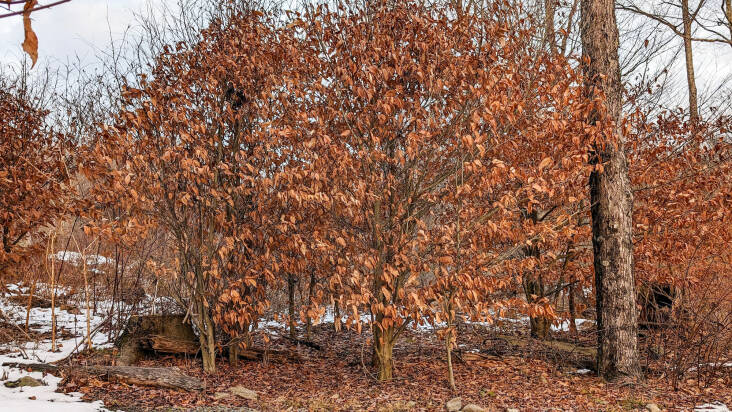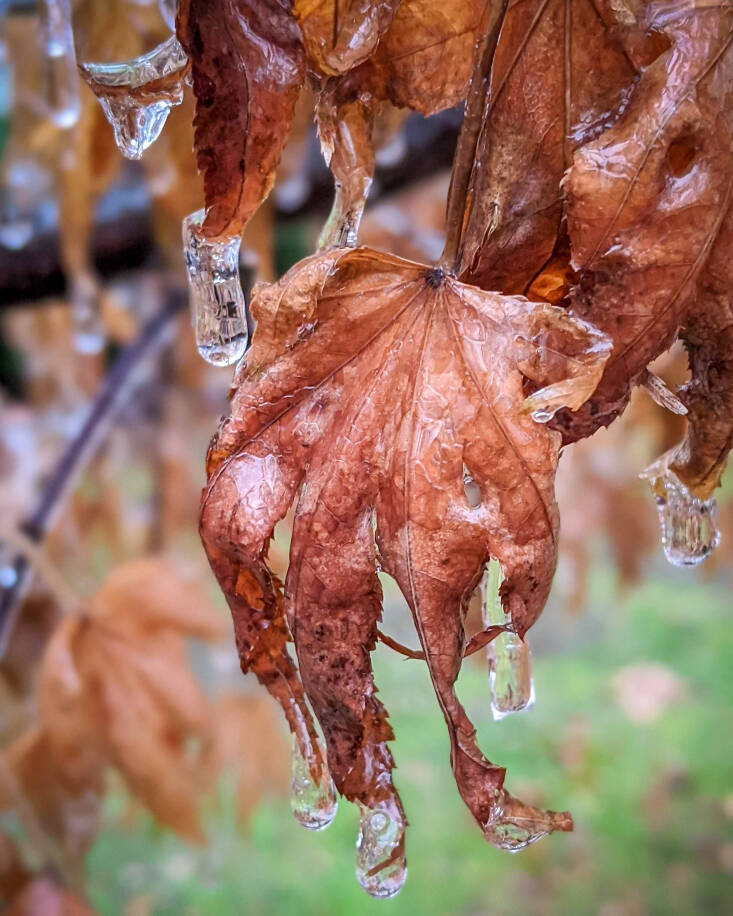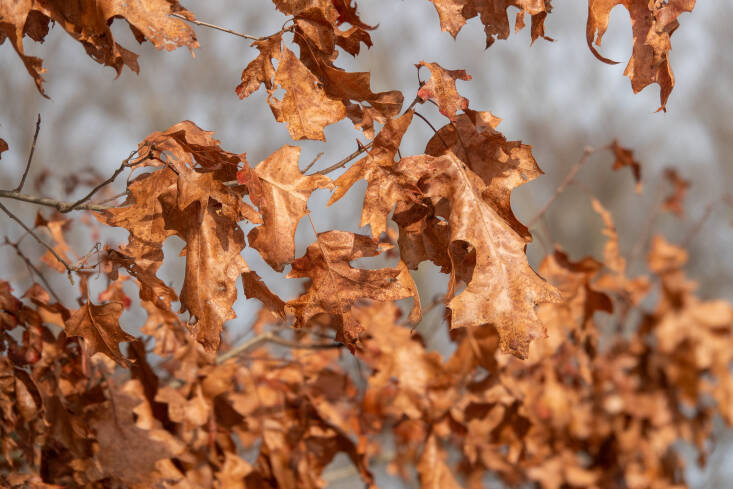You opt for a long walk in the woods on a peaceful winter season day. All you hear is the crunching of snow as your boots hit the road. The breeze gets. And after that you hear it. It begins as a rustle, grows to low a rattle, and after that, all of a sudden, it’s a crackling cacophony.
It’s wind blowing through the leaves– however it’s winter season, right? And should not the leaves on the trees be passed now? Yet, there they are– brown leaves hanging onto the branches. It might not make good sense to you, however it can be regular for some trees, and it’s called “marcescence.”
Photography by Happiness Yagid.
What is marcescence?

Marcescence is when deciduous trees hang on to the majority of their dead leaves till spring. Just specific trees do this, primarily beeches and oaks, however likewise hornbeams and witch hazels and, often, Japanese maples. The leaves might turn color in the fall, however they will not fall off. Rather, they continue, old and wrinkly and brown, till brand-new development lastly presses them off the branches.
What triggers marcescence?

We are utilized to seeing bare trees in the winter season in the northern part of the nation, where deciduous trees lose their leaves in the fall. Some, like sugar maples, placed on a vibrant program before they go. The procedure for how trees lose their leaves is called abscission. Hormonal agents in the tree, triggered by the decreasing length of daytime, are triggered to begin cutting off nutrients to the leaves; by mid-autumn, they begin to fall. Nevertheless in marcescence, the tree cuts off nutrients however the leaves do not different from the tree. They stay on the tree till spring.
Why does marcescence occur?

Nobody understands for sure, however researchers have a couple of guesses. Initially, it might be to safeguard next year’s leaf buds from being munched on– more youthful trees and the lower branches of older trees are most likely to experience marcescence. Food for forest animals tends to be limited in the winter season. Deer will munch on almost anything. Keeping the dead leaves on the tree is believed to safeguard the tender buds from being consumed. Second, marcescence might happen when there’s a requirement to for wetness. The withered leaves can both gather dew and direct rain to drop within the drip line of the tree’s feeder roots. Despite the fact that it’s winter season, the tree is still alive and still requires water. Third, when the leaves lastly fall in the spring, they can form a layer of mulch that will secure the wetness around the feeder roots and ultimately supply the ideal closed loop fertilizer. They are precisely what the tree requires, given that it originated from the tree.
See likewise:
( Gone to 1 times, 1 check outs today)